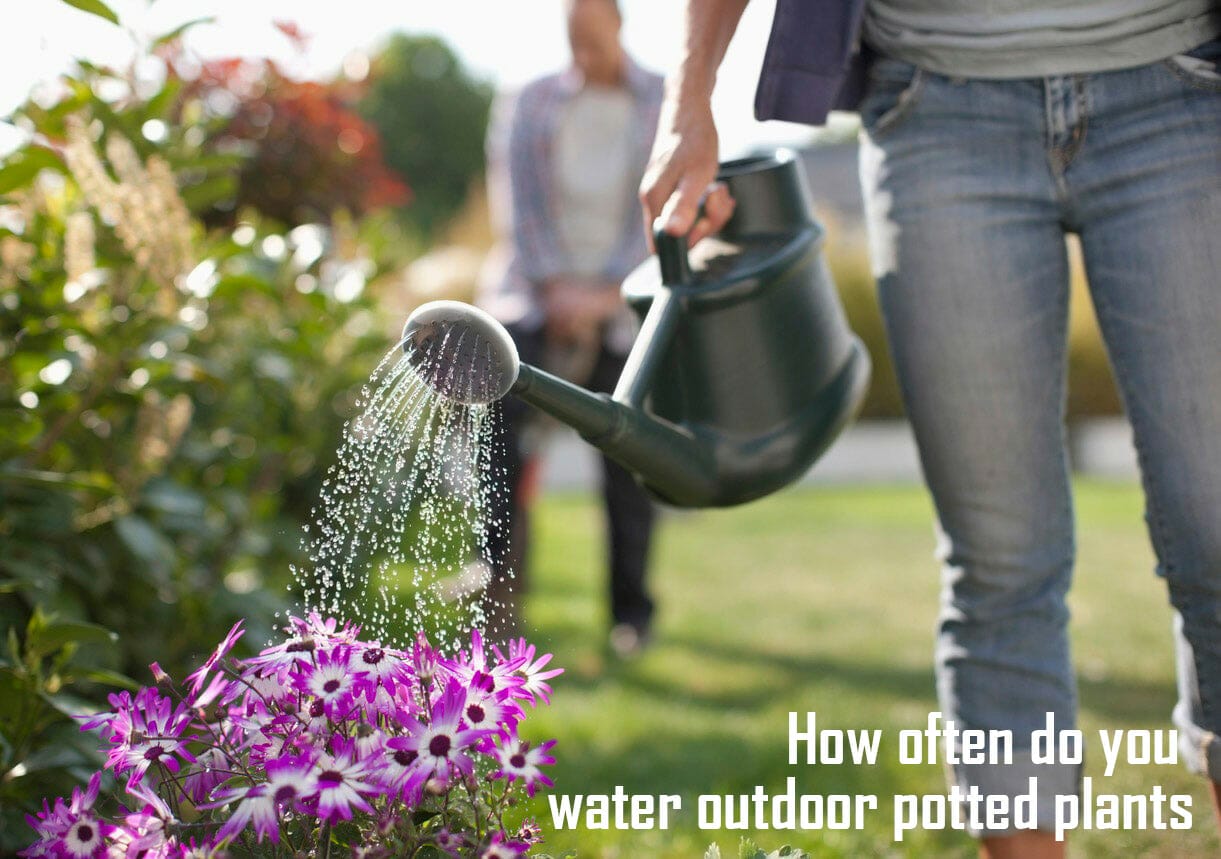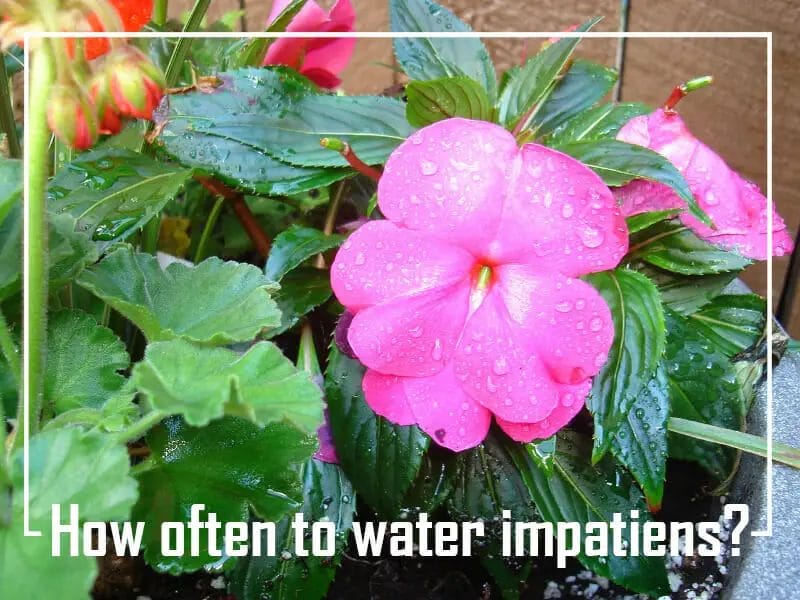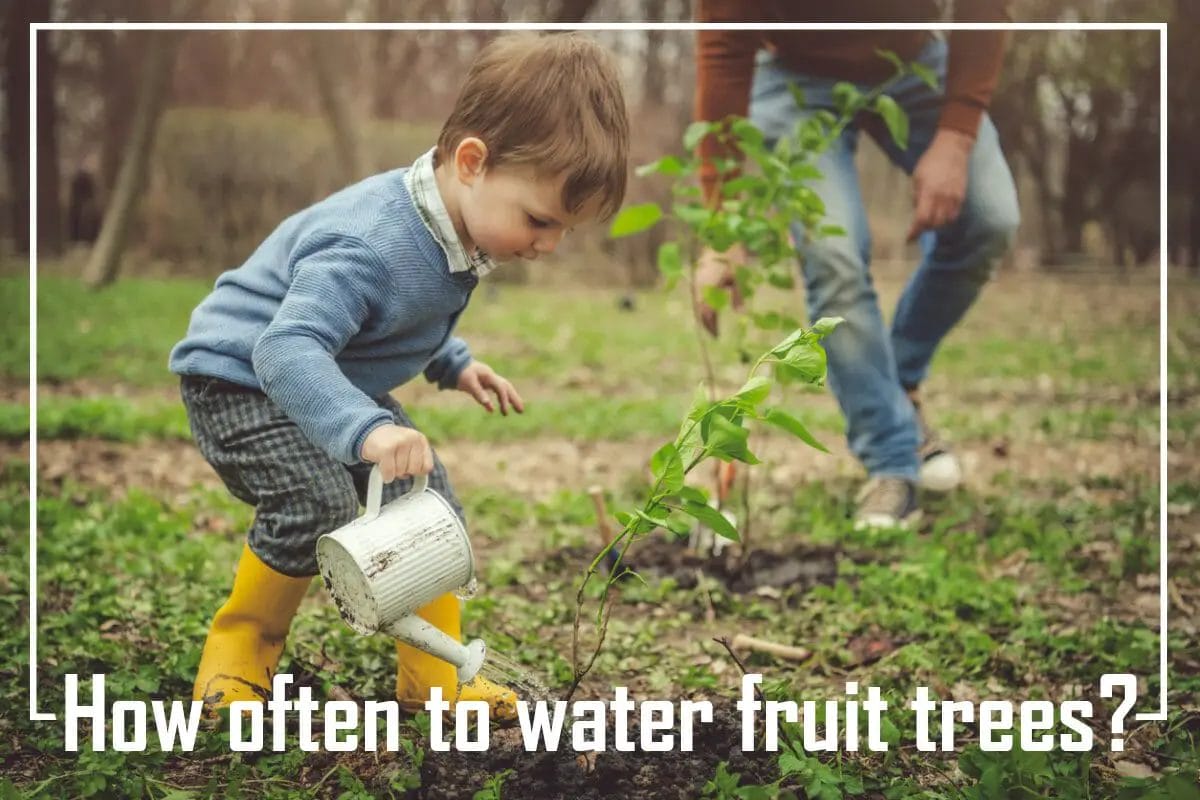Do you fear that the water you consume could make you sick? Is there an easy way to test your water and make it safe to drink? Water is important in numerous ways; it helps flush toxins from our bodies, keeps our cells working optimally, and can even help enhance cognitive performance. But if the water we drink is contaminated with bacteria or metals, it can cause serious health issues.
Thankfully, testing your water for contaminants doesn’t need to take a lot of time or money. This article will explore how easy it is to get your water tested for impurities accurately and quickly using an affordable method.
When Should I Test My Well Water?
Testing your well water is important in ensuring that your drinking water is safe and free from contaminants. It is recommended that you test your well water at least once a year for total and fecal coliform bacteria, as well as check the wellhead to make sure it is working properly and there are no cracks or openings where contaminants can get in.
It is also recommended to test for heavy metals, nitrates, nitrites, lead, and copper every two years. Additionally, you should test for pesticides and volatile organic compounds (VOCs) every five years. If you know of a particular pesticide applied in your area, then yearly testing would be beneficial.
It’s important to note that if any tests come back with results that indicate contamination or unsafe levels of certain substances, further testing may be necessary. In addition to regular testing, it’s also important to keep an eye out for any changes in the taste or smell of your water which could indicate a problem.
By regularly testing your well water and being aware of any changes in its quality, you can ensure that you have access to clean and safe drinking water.
Related Post: Water Quality Testing Kits
Why Should You Test Your Water Quality?
Testing your water quality is essential for several important reasons:
- Health and Safety: The most critical reason to test water quality is to ensure the safety of the water you and your family use for drinking, cooking, and bathing. Contaminated water can carry harmful bacteria, viruses, heavy metals, and other pollutants, leading to serious health issues.
- Drinking Water: Testing your drinking water helps you identify potential contaminants that could be present. Even if your water comes from a municipal source, it can still be affected by aging infrastructure, pipe corrosion, and local pollution.
- Private Wells: Regular water testing is crucial for a private well. Wells are not subject to the same regulations as public water systems, so you are responsible for monitoring your water quality. Contaminants like bacteria, nitrates, and pesticides can seep into well water.
- Early Detection of Issues: Regular water testing can help you detect issues before they become major problems. This can save you money on costly repairs and medical bills.
- Environmental Concerns: Water quality testing can also help you monitor the health of your local environment. Elevated levels of pollutants in water bodies can harm aquatic life and ecosystems.
- Home Value: If you plan to sell your home, having documentation of good water quality can increase your home’s value and appeal to potential buyers.
- Legionella Testing: For buildings with cooling towers, hot tubs, or other systems that can harbor Legionella bacteria, testing is crucial to prevent outbreaks of Legionnaires’ disease.
- Legal Compliance: Depending on local regulations, you may be required to test your water quality. This is often the case for businesses, rental properties, or certain industries.
- Children and Vulnerable Populations: Children, pregnant individuals, and people with weakened immune systems are more susceptible to the effects of contaminated water. Regular testing is especially important in households with vulnerable members.
- Home Maintenance: Poor water quality can lead to scale buildup in pipes, water heaters, and appliances, reducing their efficiency and lifespan. By maintaining good water quality, you can extend the life of your plumbing system and appliances.
- Peace of Mind: Knowing that your water is safe and free from contaminants provides you and your family peace of mind.
Depending on your needs and concerns, water quality testing can be done through various methods, from DIY home test kits to professional laboratory analysis. Regardless of your water source, routine testing is important to maintaining a healthy and safe living environment.
How To Get Your Water Tested?
You get useful tests to determine whether the water is healthy or safe. It measures the performance of the water treatment system. Local Health Departments may help you choose tests important for assessing drinking water. You can get your water tested by following the below methods:
1. Decide Which Sources of Water to Test
Testing your water source is an important step in ensuring the safety of your drinking water. Depending on the type of water source, the testing kit you need will vary. A basic test kit covering common contaminants such as lead and chlorine should be sufficient if you use city drinking water.
However, if you have well water, using a more comprehensive testing kit that includes screening for pesticides is important.
The Health Metric Drinking Water Quality Test provides reliable, easy-to-use test strips for nine common contaminants and overall pH levels. While this test does not cover pesticides, it is still an effective way to ensure your drinking water is safe from other contaminants.
It is important to remember that no matter what type of water source you have, regular testing is essential for maintaining the safety of your drinking water supply.
2. Choose a Method for Testing Water Quality
Water quality testing is important to ensure that the water we use and consume is safe. Various methods are available to test water quality, from simple test strips to more complex color disk kits. Test strips are the most common method used for home testing, as they are relatively inexpensive and easy to use.
Most test strips provide a range of results rather than a specific number, so it is important to read the instructions carefully when interpreting the results.
For more accurate results, color disk kits may be worth considering. These kits involve adding a sample of water to a special solution and then comparing the resulting color with a chart provided in the kit. This method provides more precise readings than test strips but can be more expensive and time-consuming.
Additionally, most water quality test kits are intended for one-time use only, so if you plan on doing follow-up tests, it may be best to send your samples off to a professional lab for analysis.
3. Use the Strips in the Right Way
Water quality test strips are an easy and affordable way to check your water quality. These strips are usually included in kits like the Health Metric kit, which provides instructions on how to use them. To use a test strip, you fill a container with a water sample, dip the strip in, swirl it around, and wait a few minutes for the results.
After removing the strip from the water sample, you can compare its color changes to a color chart with the kit. This will indicate the type of contaminant in your water and its parts per million (ppm) concentration level.
Homeowners often use test strips to ensure tap water is safe for drinking or other uses. They can also be used by professionals such as plumbers or environmental scientists who need to monitor water quality in rivers or lakes.
Test strips are also useful for testing swimming pools or hot tubs for bacteria levels and other contaminants. With these simple test strips, you can quickly get an idea of what kind of contaminants may be present in your water and take steps to address any issues.
How Long Does the Testing Take?
At-home water quality tests are a great way to quickly and easily check the safety of your drinking water. Most at-home tests don’t require mailing samples to a lab and can provide results within 10 minutes. These tests typically measure the water’s pH, hardness, chlorine, nitrate, and iron levels. Depending on the type of test kit you purchase, you may also be able to test for other contaminants, such as lead or copper.
However, some of the more complicated tests, like those for bacteria, may require maintaining a certain temperature and up to 48 hours to develop fully. This is because these types of tests need time for the bacteria to grow for them to be detected by the test kit.
If you are looking for quick results, then an at-home water quality test is not recommended for testing bacteria levels in your water. It is best to send samples off to a lab if you want accurate results regarding bacterial contamination in your water supply.
What to do if my water quality isn’t that good?
If your water quality isn’t up to the desired standards, there are several steps you can take to address the issue and improve the safety and taste of your water:
- Identify the Issue: Determine the specific problems with your water. This could include contaminants like bacteria, heavy metals, minerals, or chemicals. Knowing the source of the problem will guide your next steps.
- Consult Professionals: Depending on the severity of the issue, you might need to consult water quality experts, plumbers, or environmental agencies. They can help you identify the root causes and provide recommendations for solutions.
- Install Water Treatment Systems:
- Filtration Systems: Depending on the contaminants present, you might need to install a water filtration system. Different types of filters target specific contaminants like sediment, chlorine, lead, or bacteria.
- Reverse Osmosis: RO systems effectively remove many contaminants, including minerals, heavy metals, and many chemicals.
- Water Softeners: A water softener can help reduce scaling and improve the taste if your water is hard due to high mineral content.
- UV Disinfection: UV systems can disinfect water by killing bacteria and viruses with ultraviolet light.
- Boiling Water: If your water quality issue is due to microbial contamination, such as bacteria or parasites, boiling your water can help kill harmful organisms. However, this might not remove chemical contaminants.
- Bottled Water: While not a long-term solution, using bottled water for drinking and cooking can be an interim measure while you address the water quality issue.
- Regular Maintenance: If you have a well, ensure that it is properly maintained and sealed to prevent contaminants from entering the water supply.
- Address Plumbing Issues: If your home has old or corroded pipes, consider replacing them to prevent contamination from lead or other metals.
- Test and Monitor: After implementing solutions, continue testing your water periodically to ensure that the issues have been resolved and the water quality is at an acceptable level.
- Educate Yourself: Understand local regulations and guidelines for water quality. Some water issues might be related to external factors, such as pollution or industrial activity, which may require community-level efforts to address.
- Emergency Measures: In case of sudden water quality issues (e.g., a water main break), follow local advisories and boil water if necessary to ensure safety.
Remember that the appropriate solution will depend on your specific water quality problems. It’s a good idea to consult with professionals specializing in water quality and treatment to find the best solution.
Frequently Asked Questions
1. How do I get my local water tested?
If your local health department cannot help, contact a state certified laboratory to perform the test. To find a state-certified laboratory in your area.
2. What kind of contaminants should I test for?
The type of contaminants you should test for will depend on the source of your water and the potential risks in your area. Generally, testing for total and fecal coliform bacteria, heavy metals, nitrates, nitrites, lead, and copper is recommended every two years. Additionally, you should test for pesticides and volatile organic compounds ( VOCs) every five years.
3. What is the best pH level for drinking water?
pH isn’t a quality that falls under EPA regulation because it’s considered an aesthetic quality of water. However, the agency recommends that municipal drinking water suppliers keep their water supply at a pH of 6.5 to 8.5.
4. How often should I test my well water?
You should test your well water at least once a year for total and fecal coliform bacteria and check the wellhead to ensure it is working properly. There are no cracks or openings where contaminants can get in. Additionally, it is recommended to test for heavy metals, nitrates, nitrites, lead, and copper every two years. Additionally, you should test for pesticides and volatile organic compounds (VOCs) every five years.
5. What should I do if my water tests positive for contaminants?
If your water tests are positive for contaminants, it is important to take action immediately. Depending on the type of contaminant, you may need to install a filtration system or take other steps to ensure that your drinking water is safe. If the contamination is severe, you may need to find an alternate source of drinking water until the issue is resolved.
Conclusion
Water is an important part of our life. So, determining its quality is essential. The first step to do so is testing the water in the above-mentioned ways. If you find anything buzzing, then inform your local and drink water from another source until the problem is solved.
Sarah J. Gregory
352 Hershell Hollow Road
Anaheim, CA 92805






